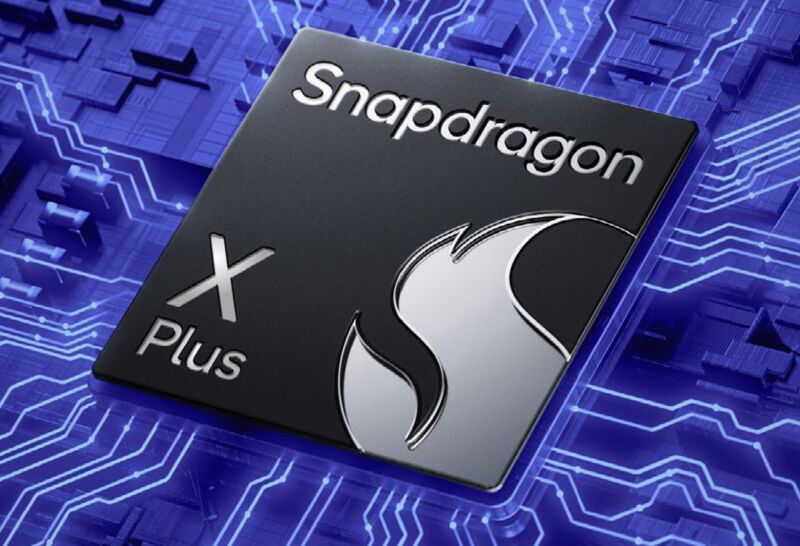
Enlarge
(credit: Getty Images)
Kremlin-backed hackers have been exploiting a critical Microsoft vulnerability for four years in attacks that targeted a vast array of organizations with a previously undocumented backdoor, the software maker disclosed Monday.
When Microsoft patched the vulnerability in October 2022—at least two years after it came under attack by the Russian hackers—the company made no mention that it was under active exploitation. As of publication, the company’s
advisory
still made no mention of the in-the-wild targeting. Windows users frequently prioritize the installation of patches based on whether a vulnerability is likely to be exploited in real-world attacks.
Exploiting CVE-2022-38028, as the vulnerability is tracked, allows attackers to gain system privileges, the highest available in Windows, when combined with a separate exploit. Exploiting the flaw, which carries a 7.8 severity rating out of a possible 10, requires low existing privileges and little complexity. It resides in the Windows print spooler, a printer-management component that has
harbored previous critical zero-days
. Microsoft said at the time that it learned of the vulnerability from the US National Security Agency.
chevron_right








